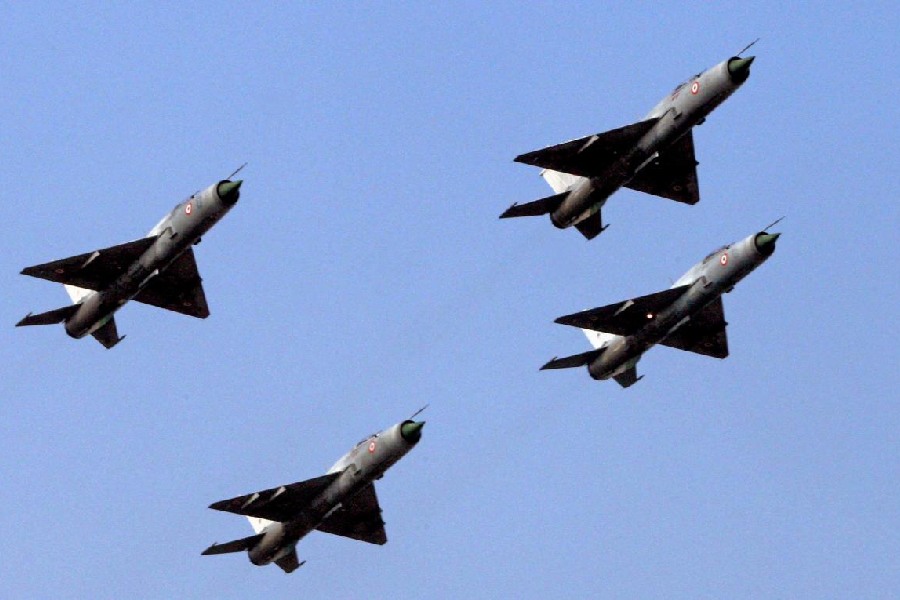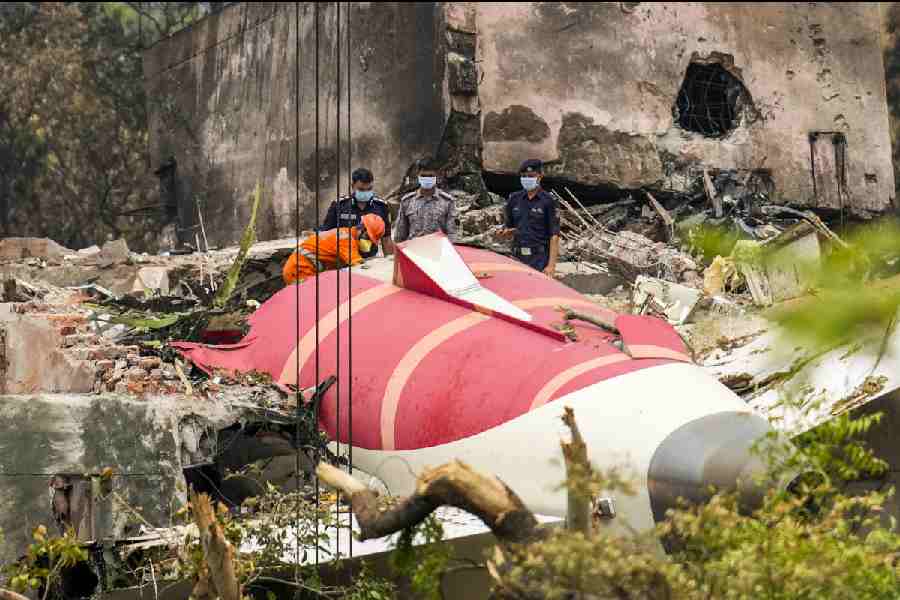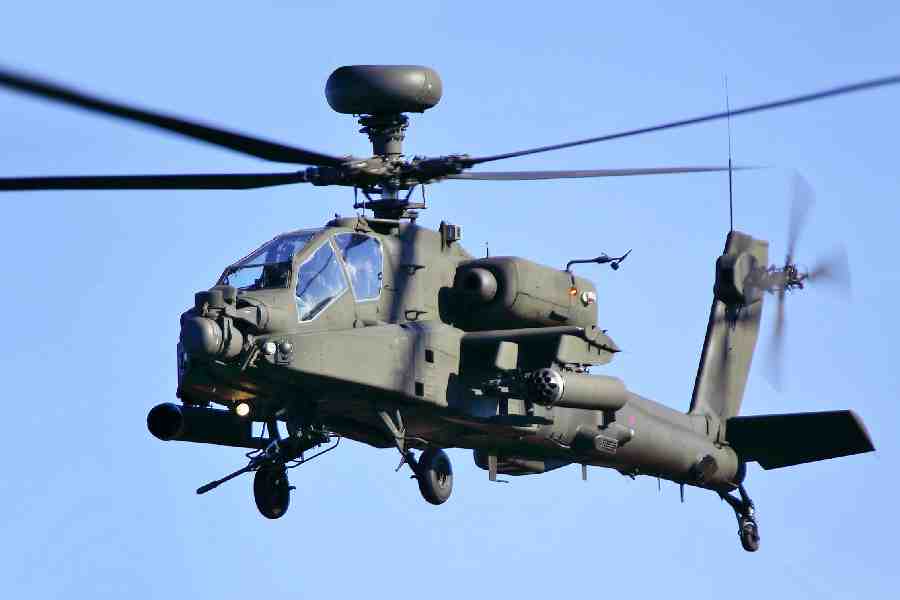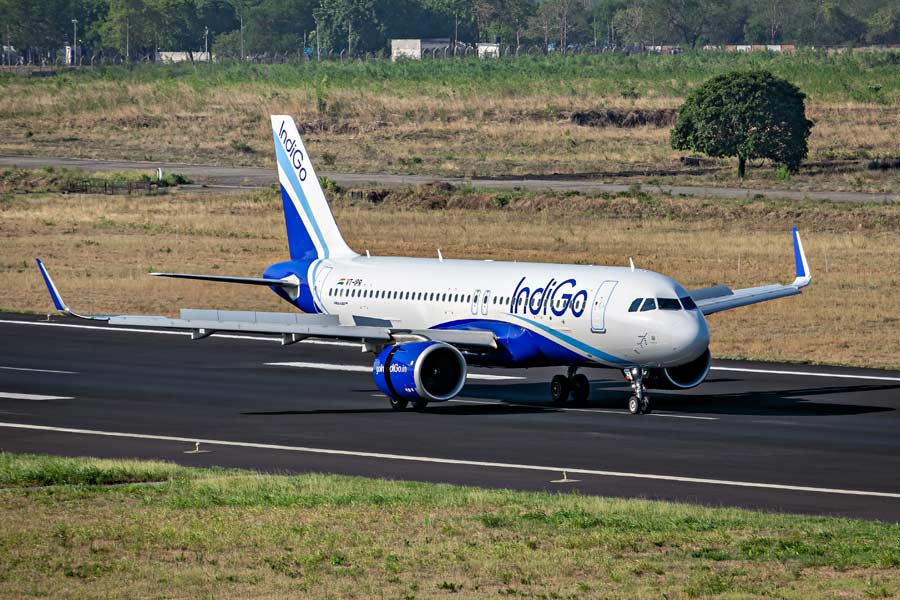After over six decades of service, India’s first supersonic jet, the MiG-21, will be decommissioned in September, bringing down the Indian Air Force’s number of active combat squadrons to 29, the lowest since the 1960s.
A farewell is scheduled for September 19 at the Chandigarh Air Force Station, where the MiG-21s in service under the 23 Squadron, nicknamed the Panthers, will retire, reported NDTV.
The final two squadrons operating the aircraft are based at Nal Air Force Station in Rajasthan.
The IAF currently operates 31 squadrons — well short of its assessed requirement of 42. With the MiG-21's exit reducing the count to 29, the gap in operational capability becomes stark, reported Moneycontrol.
The IAF has also planned to phase out the MiG-29s by 2027.
The indigenous Tejas Mk1A jets are expected to replace the MiG-21s, with 180 aircraft ordered and deliveries set to begin in early 2026. The more powerful Tejas Mk2 variant is currently under development.
By 2035, the IAF plans to operate 450 advanced fighters and incorporate stealthy Unmanned Combat Aerial Vehicles (UCAVs), with an emphasis on network-centric warfare and indigenous technologies.
Aerospace and defence expert Pushan Das in a conversation with The Telegraph Online suggested bolstering the IAF's strength with a mix of Rafales, Tejas jets, and critical support systems.
"As the IAF's combat squadrons continue on its downward slide in numbers. It seems intuitive that India must consider a broader range of options better suited for its combat requirements. One potential option is acquiring an additional mix of technologically up-to-date Rafales and accelerating the production and induction of the indigenous Tejas with requisite enablers such as air refuelling capabilities and Airborne Early Warning and Control Systems (AEW&C), although there are certainly other options as well,” he said.
Designed by the Soviet Mikoyan-Gurevich Bureau, the MiG-21 entered IAF service in 1963 on a trial basis and formed the backbone of Indian air defence.
Globally, over 11,000 units of the MiG-21 were produced, serving in multiple air forces across Asia, Africa, and Eastern Europe.
At its peak, the IAF operated nearly 900 MiG-21s — around 660 of which were built in India. Today, 36 remain.
The MiG-21 played crucial roles in several military operations, including the 1965 and 1971 wars with Pakistan, the Kargil conflict of 1999, and the 2019 Balakot airstrikes, according to The Economic Times.
The final variant in use, the Bison, featured improved avionics, navigation, and communication systems.
It shot into the global spotlight in 2019 when Group Captain Abhinandan Varthaman, then wing commander of the Srinagar-based No 51 squadron, shot down a Pakistani F-16 before being captured and later released.
The same squadron also participated in Operation Safed Sagar during the Kargil War.
Despite its combat success, the MiG-21 leaves behind a mixed legacy.
Frequent crashes — over 400 recorded — have claimed the lives of around 200 pilots and 60 civilians, giving the aircraft the grim nickname “Flying Coffin.”
One such crash in May 2023 in Hanumangarh, Rajasthan, killed three villagers after the jet took off from the Suratgarh base and went down due to a technical snag. This led to a temporary grounding of the entire MiG-21 fleet.












